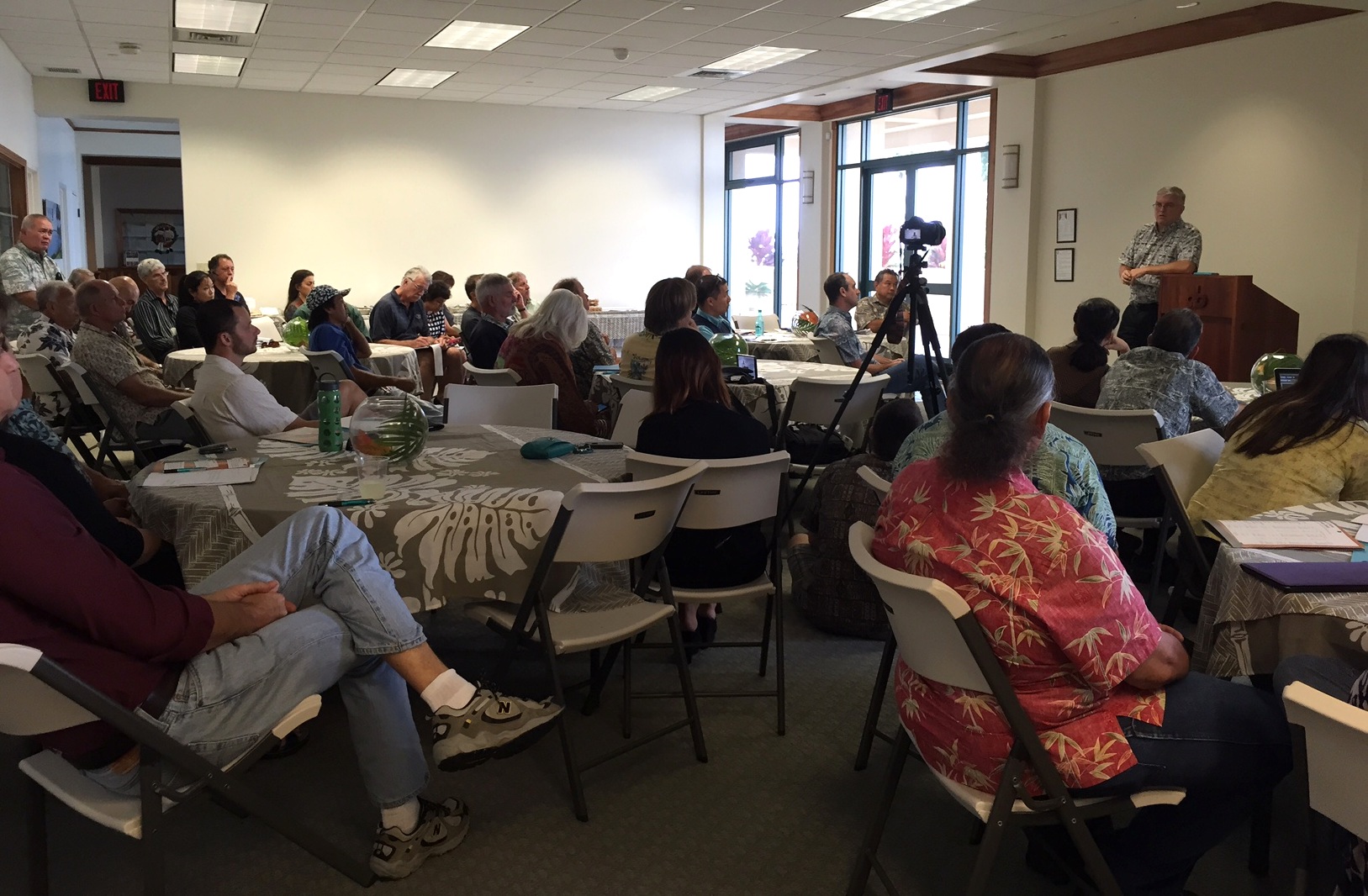Big Island electric customers are estimated to save much more money with the Hawaii Island Energy Cooperative (HIEC) than they are promised with the proposed sale of the Hawaiian Electric companies to NextEra Energy.
Read more below, as well as in the Hawaii Tribune-Herald, Pacific Business News, and in the Hawaii Star-Advertiser (behind their paywall).
The difference in the business model of a co-op model, such as HIEC, is that it’s non-profit. At a for-profit utility, such as NextEra, revenue goes to shareholders. That’s not the case with a non-profit co-op, and that’s one reason for the significant savings.
Also, co-ops, by definition, cooperate. HIEC can call up the electrical co-op on Kaua‘i, and they will share information. Hawai‘i Island’s co-op can call up the national headquarters and they will share information. Avoiding mistakes saves money.
It’s all very practical. The co-op model is a better model to help ratepayers prepare for the future.
Hawaii Island Energy Cooperative’s Press Release:
Hawaii Island Energy Cooperative would deliver transformation better, faster and cheaper
(HILO, HAWAII, DECEMBER 9, 2015)—Conversion of the electric utility on Hawaii Island to a nonprofit cooperative is expected to deliver greater savings than those promised with the proposed sale of the Hawaiian Electric companies to NextEra Energy of Juno Beach, Florida.
Hawaii Island Energy Cooperative (HIEC) analyzed financial information filed by the Hawaiian Electric companies (HE) and NextEra Energy (NEE) with the Hawaii Public Utilities Commission (HPUC).
By lowering the cost of capital, eliminating federal income taxes and the profit margin built into Hawaii Electric Light Company’s rates, the financial analysis found that Big Island customers could save as much as $113 million on the existing HELCO rate base and up to $234 million including investments to modernize the grid over a four-year period. This compares to $60 million in savings estimated by NEE for customers on all five islands served by HE over a four-year period.
In proceedings now being held on the proposed sale by the HPUC, NEE has asserted that the primary question the Commission should ask itself is whether the customers of HE and the State of Hawaii are better off with or without the sale going through.
HIEC has argued that the Commission should also consider the merits of the cooperative ownership model for Hawaii Island.
In addition, HIEC makes the case that a cooperative has the ability to accelerate the island’s clean energy transformation faster and with more focus than a mainland-based investor-owned utility.
“For Hawaii Island, the reality is that the 190,000+ residents of the island would be better served by a cooperative. Beyond the lower cost of capital and the lower electric bills that follow, the benefits of a coop include local, democratic ownership and control of one of the most important infrastructures on the island,” said Marco Mangelsdorf, HIEC director and spokesperson.
Other advantages of the cooperative business model
■ HIEC would be able to access low-cost debt capital.
• Traditional cooperative lenders include the U.S. Department of Agriculture, Rural Utilities Service, National Rural Utilities Cooperative Finance Corporation (CFC), and Co Bank.
• The combined borrowings of electric cooperatives from these sources is over $85 billion.
■ The cooperative network of 900 utilities has equivalent, and perhaps better, buying power and economies of scale for technology, administration, pensions and insurance. Many companies that support the cooperative program, including CFC and CoBank, are owned by their electric cooperative customers.
• National Rural Electric Cooperative Association provides a multi-employer pension plan on behalf of electric cooperative employees that is fully funded.
• Through national programs the electric cooperative network has led the utility industry in the deployment of smart grid technologies.
■ Cooperatives can be more nimble and quick in integrating more and cost-effective renewable energies. Emulating the example of Kauai Island Utility Cooperative (KIUC), HIEC should be able to move faster to provide the advantages of renewable energies to Hawaii Island consumers.
• KIUC has gone from approximately 10 percent renewable in 2011 to almost 90 percent during prime sun hours today through a portfolio of utility-scale solar, biomass generation, distributed solar and legacy hydropower.
• KIUC’s smart grid initiative, which enables customer choice and is a key to the efficient integration of renewable energy, was completed nearly two years ago.
•Over the past two years, KIUC has built the two largest solar arrays in Hawaii, generating electricity cheaper than similar arrays proposed on Oahu. As well, KIUC is in the approval process for the nation’s first utility-scale solar array with dispatchable energy storage, moving solar energy to the nighttime hours and displacing millions of gallons of oil.
Noted HIEC president Richard Ha, “HIEC is able to focus on only our Hawaii Island and its unique needs, desires and resources. The single island focus and urgency created by a customer-elected board of directors to set the strategy is KIUC’s greatest strength and the reason they have been so successful in the transformation of their island’s utility system.”
About Hawaii Island Energy Cooperative:
HIEC is a non-profit cooperative association that seeks to establish a member-owned electric utility and encourage non-petroleum-based transportation for Hawaii Island. HIEC presents a unique opportunity for all electricity consumers to “Own the Power.” For more information, visit www.hiec.coop. HIEC is on Facebook and Twitter @HiEnergyCoop
###




